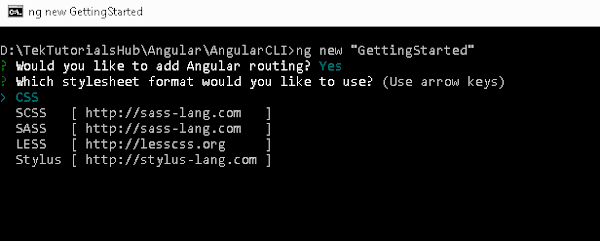Angular : Setup

Download Node.js Download Node.js NVM (Node Version Manager) Download and install NVM: GitHub - coreybutler/nvm-windows Command: Install a version of Node: nvm install 14.15.1 Use a version installed: nvm use 14.15.1 List all installed Node versions: nvm list Install Angular CLI npm -g @angular/cli Create Project Create a new Angular project: ng new [AppName] Or with a specified prefix: ng new [AppName] --prefix [PrefixName] All generated components will have the prefix in the selector o...


